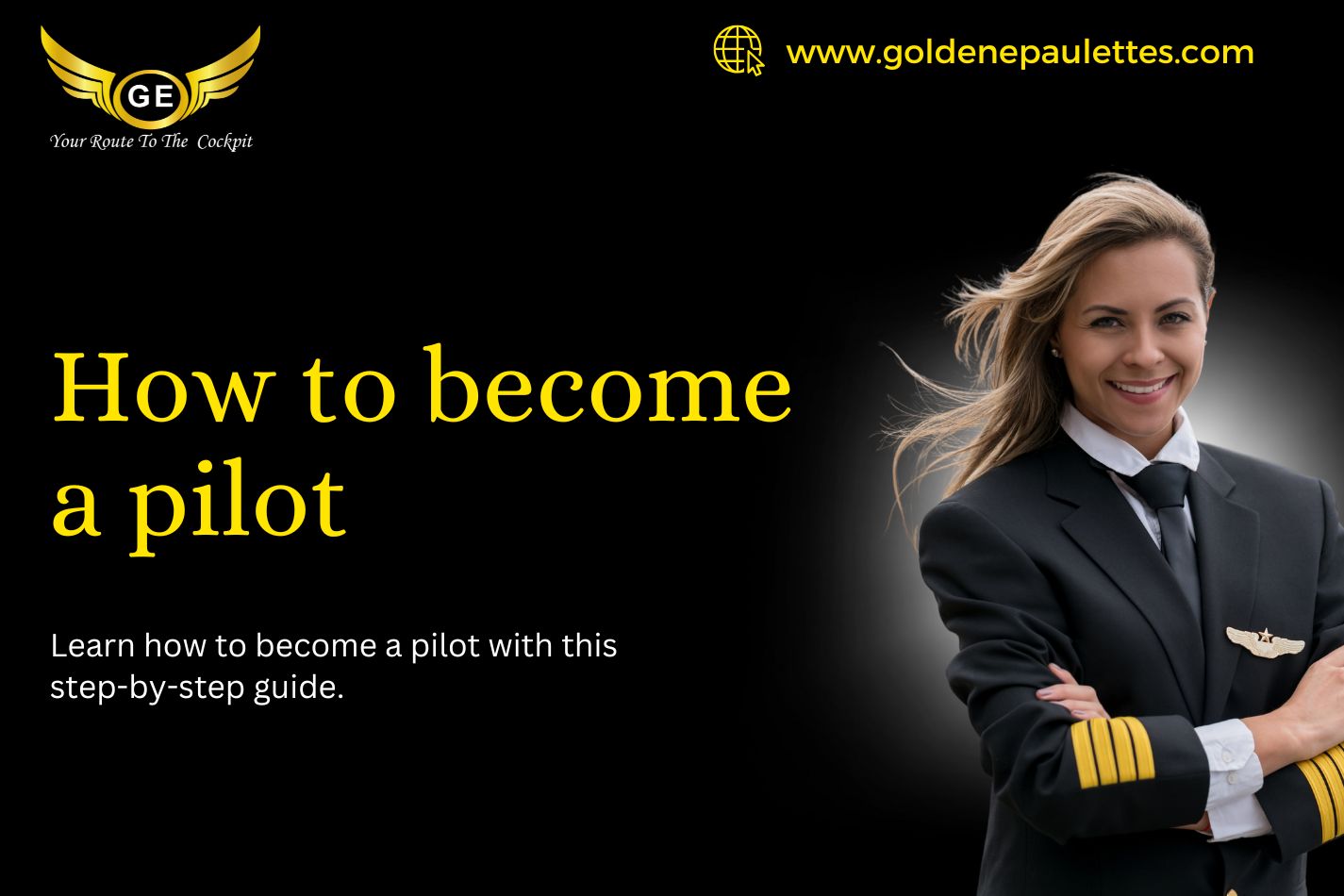How to Transition from Military Pilot to Commercial Pilot
Transitioning from a military pilot to a commercial pilot can be an exciting yet challenging journey. The skills and experience gained from military aviation provide a solid foundation for entering the commercial aviation industry. However, the transition process involves fulfilling specific requirements and acquiring additional certifications. In this guide, we will discuss the steps involved in making a successful switch from military to commercial aviation while addressing the keyword ‘how to become a pilot’.
Understanding the Transition Process
Military pilots possess exceptional skills, discipline, and experience, making them ideal candidates for commercial aviation. However, the process of how to become a pilot in the commercial sector involves meeting specific Federal Aviation Administration (FAA) or Directorate General of Civil Aviation (DGCA) requirements depending on your country.
Step 1: Assess Your Flight Experience
The first step in the transition process is to assess your military flight experience. Commercial airlines and regulatory authorities recognize military flight hours but require documentation and verification. It’s essential to log all your flight hours accurately and obtain official records from your military service.
Step 2: Obtain a Medical Certificate
Commercial pilots must obtain a Class 1 or Class 2 Medical Certificate depending on the type of license you intend to acquire. The medical examination tests your physical and mental fitness to ensure you meet the necessary health standards.
Step 3: Convert Military Flight Experience to Civilian Standards
The FAA and DGCA offer programs that allow military pilots to convert their flight experience into civilian qualifications. To achieve this, you will need to:
- Submit flight logs and training records for verification.
- Complete necessary training if required.
- Pass a written exam that covers commercial aviation regulations and standards.
Step 4: Obtain a Commercial Pilot License (CPL)
The most critical step in how to become a pilot in the commercial sector is obtaining a Commercial Pilot License (CPL). For military pilots, some of the requirements may be waived due to prior experience, but you will still need to:
- Pass a written knowledge test.
- Successfully complete a checkride (practical test).
- Fulfill minimum flight hour requirements.
Step 5: Gain Additional Certifications and Ratings
Depending on the type of commercial flying you wish to pursue, additional certifications and ratings may be necessary, such as:
- Airline Transport Pilot (ATP) Certification (for airline operations).
- Multi-Engine Rating (if you only have single-engine experience).
- Instrument Rating (if you don’t already have one).
Step 6: Apply for Airline Jobs
Once you have your CPL and relevant certifications, it’s time to apply for commercial pilot jobs. Networking with aviation professionals, attending career fairs, and applying directly to airlines are all effective strategies.
Step 7: Complete Airline Training Programs
Airlines often provide specific training programs for military pilots transitioning to commercial aviation. These programs help pilots adapt to civilian flight operations, including customer service standards, crew resource management, and standard operating procedures.
Challenges in the Transition Process
The transition from military to commercial aviation is not always smooth. Some common challenges include:
- Adjusting to civilian regulations and standards.
- Meeting the cost requirements of additional training.
- Dealing with cultural differences between military and commercial aviation environments.
How to Become a Pilot with Military Background: Tips for Success
- Research Airline Requirements: Different airlines have different hiring requirements. Make sure to understand their prerequisites before applying.
- Focus on Civilian Certifications: Even if you have extensive military flight experience, obtaining the correct civilian certifications is essential.
- Prepare for Interviews: Civilian pilot interviews focus not only on technical skills but also on customer service and communication.
- Continue Learning: Staying updated with the latest industry trends and regulations is crucial for a successful transition.
Cost of Transitioning
The cost of transitioning from a military pilot to a commercial pilot varies based on the certifications required. Expect to spend between ₹5,00,000 to ₹15,00,000 depending on training programs and additional licenses.
Conclusion
Transitioning from military aviation to a commercial pilot career is a rewarding opportunity for those willing to invest time, effort, and resources. While the process involves acquiring additional certifications and adjusting to civilian aviation standards, the foundation built during military service offers a significant advantage. Understanding how to become a pilot in the commercial industry starts with proper planning, preparation, and persistence.









